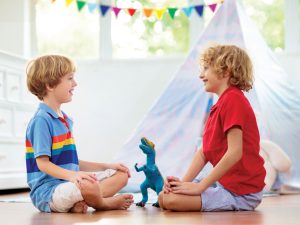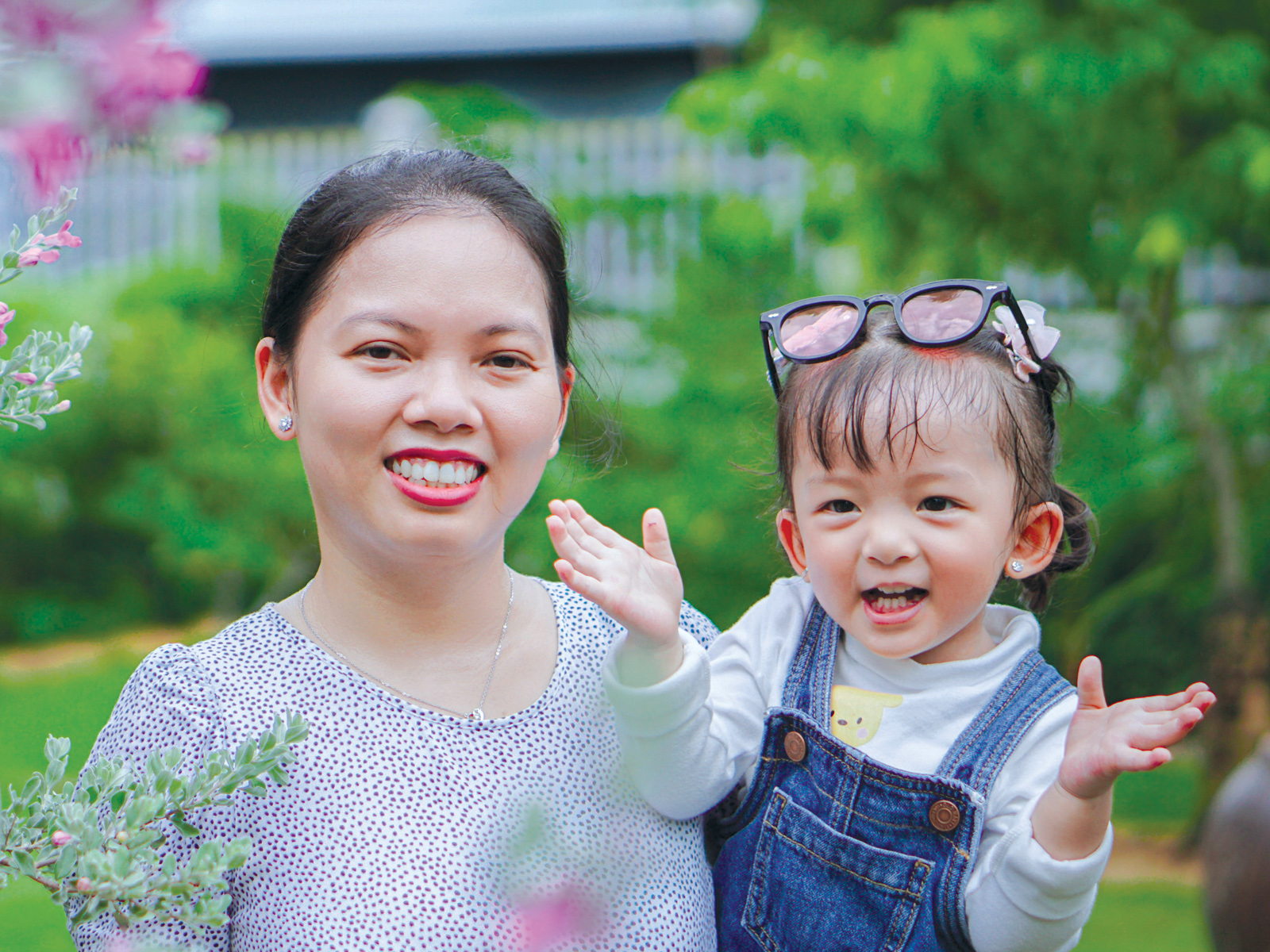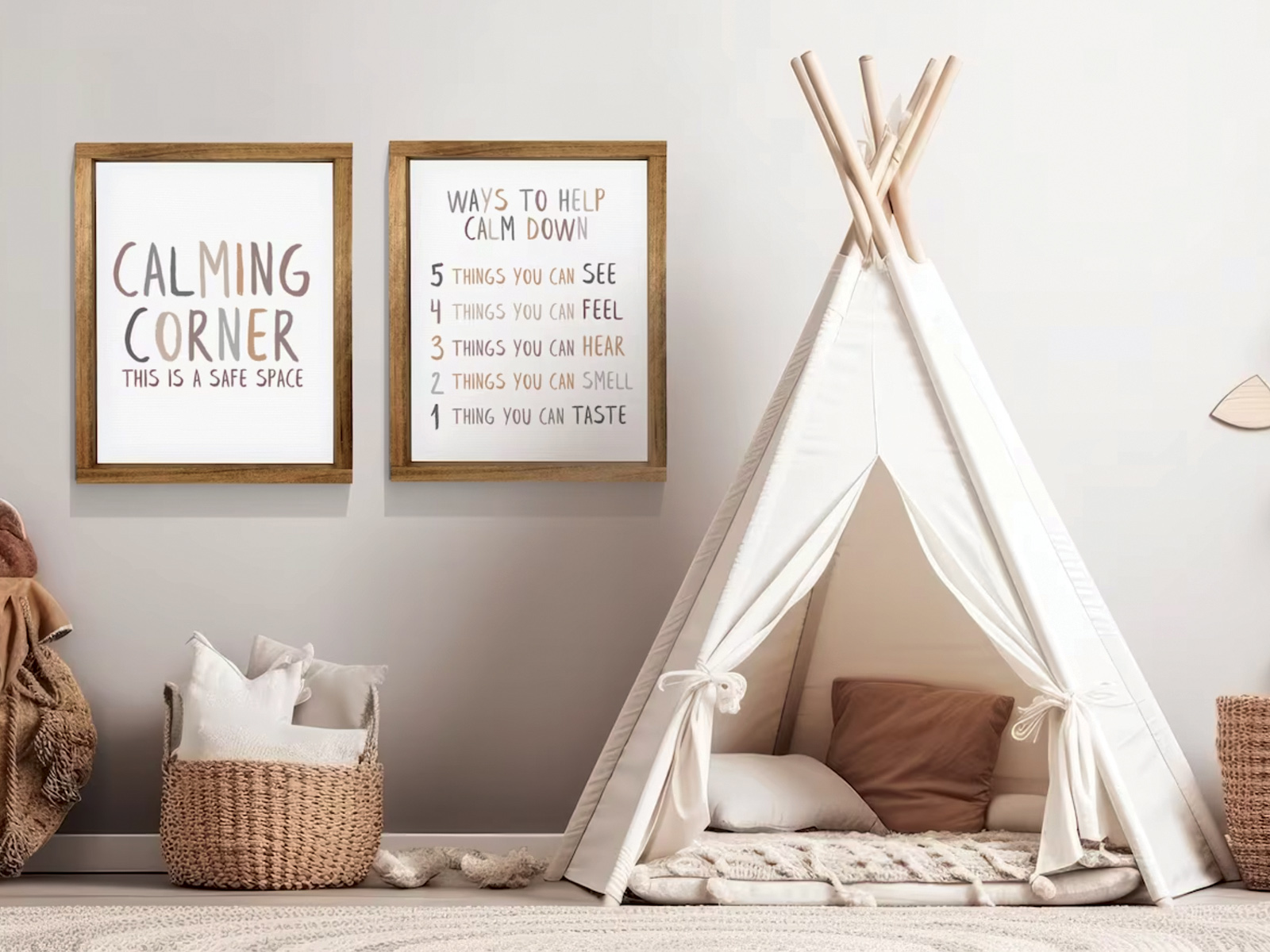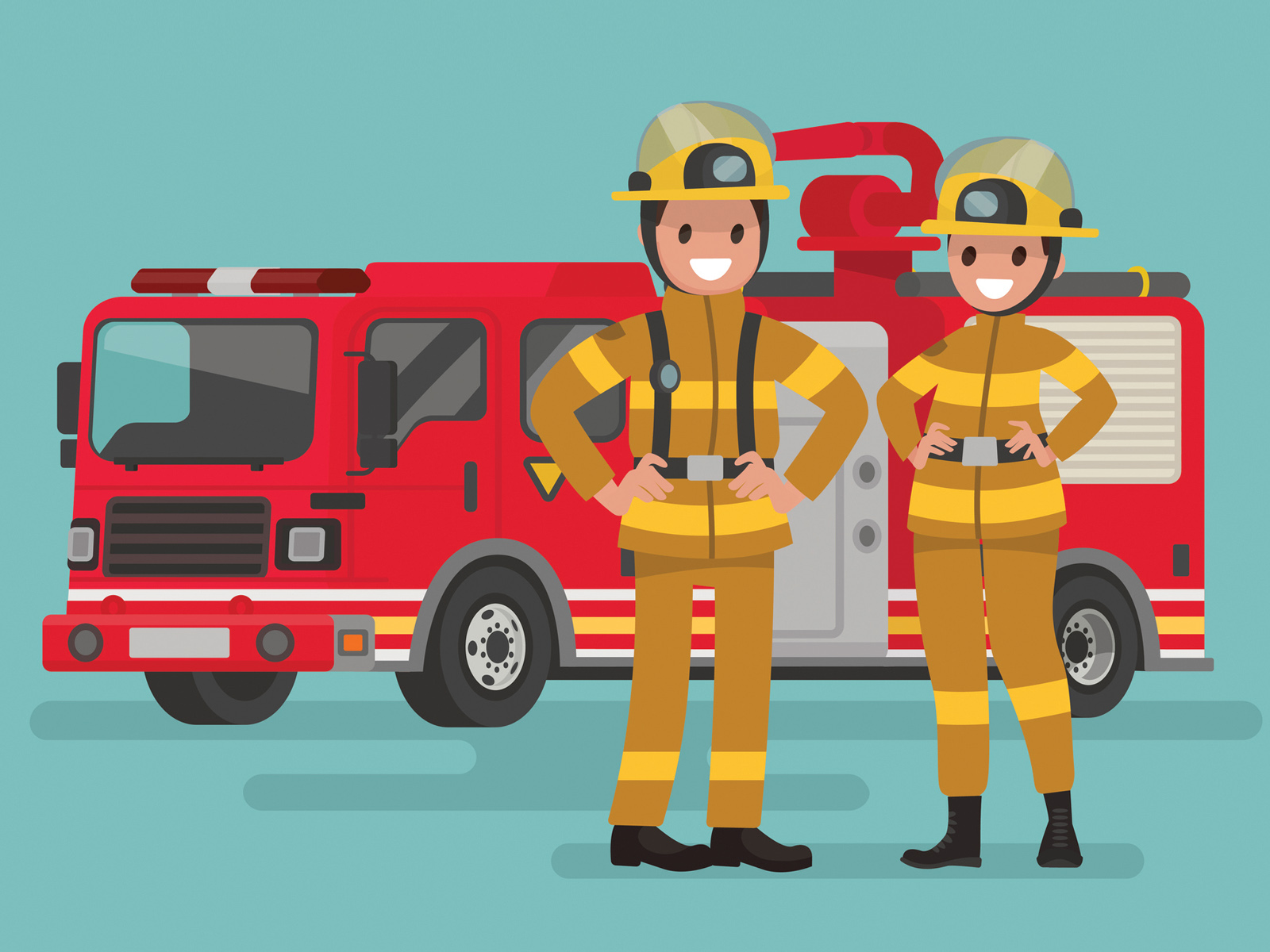By Jamie Edelbrock
I’ll be honest. The water scares me. Whenever my children are in it or near it, anxious thoughts creep in my head. I even get nervous in boats, large or small. That’s why I was hesitant when we were invited by friends to float down a river on inner tubes—a mostly slow, fun-filled, and relaxing summertime activity. My husband and three children were excited to go, so despite my nerves, I agreed. I would keep the innertubes close together and keep a close watch on the children.
The day of the trip was mostly uneventful. We linked up with friends, checked in, got our life jackets, briefings, signed paperwork, and loaded a bus to head upriver. Once in the calm water, I told myself we were fine as we floated down the river. Hearing the children laugh and splash was a refreshing sound that calmed me. Good right?
About an hour into the float, the serenity quickly left me as we approached what we later discovered was a class two rapid. The worst part? We had no choice to go through it. Several tubers had stopped short of it, examining the best route through. We followed suit. Others proceeded through, smiling and laughing as they came out the other side. After watching a few tubers pass through without issue, we charted our course best we could and continued toward the rapids.
As we approached, I was filled with fear as I watched my three children start to go down the rapids on their individual tubes. We proceeded through unscathed until suddenly, two of my daughters flipped backward into the rocky, heavy flowing water. My middle daughter hit her knee and emerged with a few cuts. I was relieved to see her head pop up. However, my youngest was nowhere to be seen. The water was flowing swiftly, and the white water made it difficult to see anything. Fortunately, the water was shallow enough that my husband and I could stand, albeit with difficulty due to the rapids.
As we searched, people could tell we were in distress and tried to stop their canoes and rafts, but they couldn’t. Meanwhile, our friends had stopped 100 feet downstream, grabbed our two older daughters, and had made their way to the bank.
Knowing my youngest daughter was in trouble, I let go of my fear and frantically searched. The current was strong, and my bare feet hurt as I stepped on the sharp stones. I was scared, cold, wet, and in pain, but I wasn’t about to give up. My husband was upstream doing the same. We assumed she’d separated from her innertube, but I suddenly noticed that it was stuck on nearby rock.
When I arrived at her upside-down innertube, I pushed it aside. Her life jacket was caught under a rock, and she was face down. As I pulled her up, she was gasping for air and crying. She clung to me like crazy. I quickly examined her, and other than the scary experience, she was fine.
After a few minutes she calmed down, my husband made his way over and the three of us linked our life jackets and then floated downstream. The worst part? We still had 3 hours of river left to float but fortunately, there were no more unannounced rapids.
I didn’t realize it at the time, but this experience foreshadowed a groundbreaking moment in our future. Let me explain.
When my daughter was diagnosed with anxiety at the age of six, much like the rapids, I was taken by surprise. Up until then, I thought she was just misbehaving when she was disruptive in class, screaming and have angry outbursts which had her ripping up books and toys, refusing to eat, slamming doors and yelling at me all the time. When she would raise her voice, I would raise mine. When she slammed a door, I would slam mine. When I got the dreaded phone call from the school saying she did something wrong, she would get in trouble at home. It was a never-ending cycle.
It wasn’t until we met with her therapist that I learned that behavior issues and anxiety issues looked similar and that her behavior was a reaction to her anxiety. I also learned that she needed two things from me: 1) to educate myself on anxiety and 2) to change how I responded to her behavior.
Just like when I let go of my fear and jumped off my innertube to rescue my daughter, I let go of my former way of dealing with her behaviour and jumped into learning how to help her. I learned what she needed most was for me to be calm.
During my research, I found a quote from the award-winning author of Little Hearts/Gentle Parenting Guide by L.R. Knost who put things into perspective when she said, “When little people are overwhelmed by big emotions, it’s our job to share our calm, not join their chaos.”
I found this to be true because as I started to change, my daughter did too. Instead of yelling, I told her I needed a timeout and would talk when I was ready. This allowed us to collect our own thoughts and calm ourselves in order to have a productive and peaceful conversation.
Some other strategies that worked the best for us can be found on www.youngminds.org.uk in an article titled “Helping Your Child With Anxiety.”
• Breathe slowly and deeply together. You can count slowly to five as you breathe in, and then five as you breathe out. If this is too much, try starting with shorter counts. If it works for them, gradually encourage your child to breathe out for one or two counts longer than they breathe in, as this can help their body relax.
• Sit with them and offer calm physical reassurance. Feeling you nearby, or holding your hand or having a cuddle if it’s possible, can be soothing.
• Reassure them that the anxiety will pass and that they will be okay. It can be helpful to describe it as a wave that they can ride or surf until it peaks, breaks and gets smaller.
• Ask them to think of a safe and relaxing place or person in their mind. If you haven’t tried this before, agree with them when they’re feeling calm what this place or person is. It could be their bedroom, a grandparent’s house, a favourite place in nature or somewhere they’ve been on holiday. Sometimes holding a memento of a relaxing place, like a seashell or pebble, can help.
• Try using all five senses together. Connecting with what they can see, touch, hear, smell and taste can bring them closer to the present moment and reduce the intensity of their anxiety. You might think together about five things they can see, four things they can touch, three things they can hear, two things they can smell and one thing they can taste.
• Encourage them to do something that helps them to feel calmer. This could be running, walking, listening to music, painting, drawing or colouring, writing in a journal, watching a favourite film or reading a favourite book. Children with anxiety have big emotions that are hard for them to understand and make sense of. They count on us, their parents, to be their protector and compass, which means it matters greatly how we respond to them during the chaos.
Using our tubing trip as a parallel, the outcome would have been very different had I stayed on my inner tube in fear, rather than jumping off to save my daughter. If you are surprised by your child’s anxiety diagnosis, jump off and dive in. Push stigmas and fear aside and go all-in because it’s equally important to help your child with mental health as it is when they’re in physical danger. Learn all that you can and change what needs to be changed because the outcome is worth it.
Jamie is married to her high school sweetheart, and together they have three beautiful daughters. She is an advocate for children›s mental health and is best known for her creativity, optimism, and kind heart.














